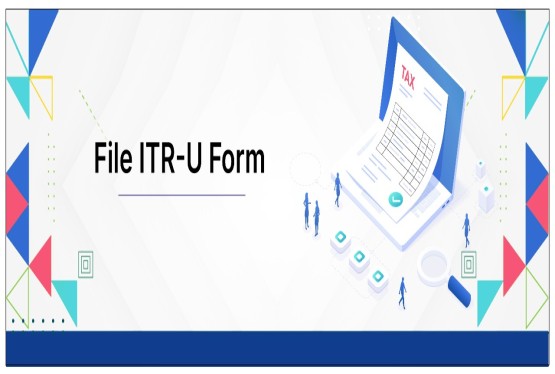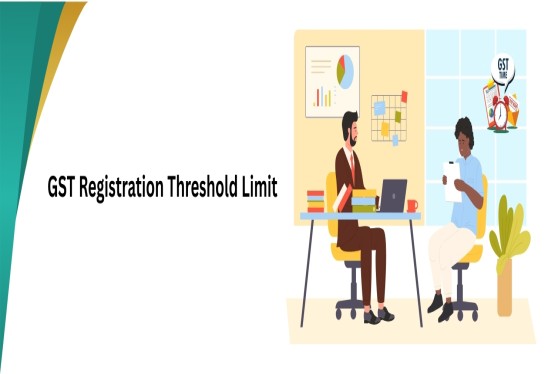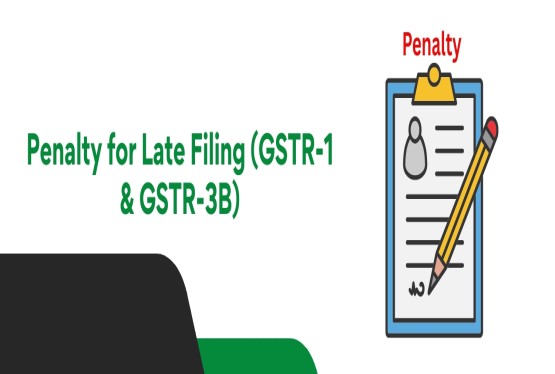Income tax is one of the most crucial sources of revenue for the Indian government, and it plays an essential role in the country’s economic structure. In India, income tax is levied based on a progressive tax system, meaning the rate of tax increases as an individual’s income rises. In this article, we will explore the income tax slabs for FY 2024-25 & AY 2025-26, under both the new and old tax regimes, along with updates from the 2024 Budget.
What Are Income Tax Slabs?
In India, income tax is levied based on different slabs. These slabs divide the income into ranges, and each range has its own tax rate. The more a person earns, the higher the tax rate they pay. This ensures that individuals with higher incomes contribute more to the nation’s revenue.
Income Tax Regimes in India
There are two primary tax regimes in India:
• Old Tax Regime: The old tax regime allows for a range of exemptions and deductions. Individuals can claim exemptions like HRA (House Rent Allowance), Leave Travel Allowance (LTA), and deductions under sections like 80C, 80D, etc. However, the tax rates in this regime are generally higher than those under the new tax regime.
• New Tax Regime: The new tax regime provides lower tax rates but does not allow for any exemptions or deductions (except for a few like the standard deduction and some family pension deductions). For individuals who do not have many deductions or exemptions, the new regime may be beneficial due to the lower tax rates.
Key Changes in Budget 2025
In the 2025 Budget, significant updates have been made regarding income tax slabs. These changes aim to simplify the taxation process and reduce the tax burden for individuals earning lower to moderate incomes.
Key Highlights:
• The tax liability for individuals earning up to Rs.12,00,000 under the new tax regime will be zero, due to a higher rebate.
• The highest surcharge rate has been reduced from 37% to 25% under the new tax regime.
• Standard deduction for salaried individuals has been increased to Rs.75,000.
Income Tax Slabs for FY 2024-25 (AY 2025-26) – New Tax Regime
The government revised the income tax slabs for FY 2024-25 under the new tax regime. Here’s a breakdown of the updated tax slabs:
Annual Income Tax Slabs
• Up to Rs.3,00,000: NIL
• Rs.3,00,001 - Rs.7,00,000: 5%
• Rs.7,00,001 - Rs.10,00,000: 10%
• Rs.10,00,001 - Rs.12,00,000: 15%
• Rs.12,00,001 - Rs.15,00,000: 20%
• Above Rs.15,00,000: 30%
Important Features:
• Rebate: A rebate of Rs.25,000 is available for individuals whose total income does not exceed Rs.7,00,000. As a result, individuals with an income up to Rs.7,00,000 will not pay any tax.
• Standard Deduction: Rs.75,000 is available for salaried employees.
• Family Pension Deduction: Increased from Rs.15,000 to Rs.25,000.
Income Tax Slabs for FY 2024-25 (AY 2025-26) – Old Tax Regime
Unlike the new tax regime, the old tax regime retains the traditional exemptions and deductions. The tax slabs for individuals in the old regime remain the same for FY 2024-25, as follows:
Income Tax Slabs for Individuals Below 60 Years
• Up to Rs.2,50,000: NIL
• Rs.2,50,001 - Rs.5,00,000: 5%
• Rs.5,00,001 - Rs.10,00,000: 20%
• Above Rs.10,00,000: 30%
For Senior Citizens (Aged 60-80 years) and Super Senior Citizens (Aged above 80 years), the tax exemption limit is higher, as shown below:
For Senior Citizens (60-80 years)
• Up to Rs.3,00,000: NIL
• Rs.3,00,001 - Rs.5,00,000: 5%
• Rs.5,00,001 - Rs.10,00,000: 20%
• Above Rs.10,00,000: 30%
For Super Senior Citizens (Above 80 years)
• Up to Rs.5,00,000: NIL
• Rs.5,00,001 - Rs.10,00,000: 20%
• Above Rs.10,00,000: 30%
Surcharge and Cess:
Surcharge applies based on income thresholds, and a 4% health and education cess is applicable on the tax amount.
Key Differences Between the Old and New Tax Regimes
The key differences between the Old and New tax Regimes can be summarized as follows:
| Tax Slab | Old Tax Regime | New Tax Regime |
| Up to Rs.2,50,000 | NIL | NIL |
| Rs.2,50,001 - Rs.5,00,000 | 5% | NIL |
| Rs.5,00,001 - Rs.10,00,000 | 20% | 5% |
| Above Rs.10,00,000 | 30% | 30% |
Advantages of the New Regime:
• Simpler and lower tax rates for individuals with lower to moderate incomes.
• No need to maintain detailed records of investments and claims.
Advantages of the Old Regime:
• Higher tax exemptions and deductions that can significantly reduce the tax liability, especially for those with high incomes and extensive investments.
Surcharge and Cess
Surcharge is an additional tax levied on individuals with high incomes. The surcharge rates for individuals under both regimes are as follows:
• 10% if income exceeds Rs.50 lakh but is less than Rs.1 crore.
• 15% if income exceeds Rs.1 crore but is less than Rs.2 crore.
• 25% if income exceeds Rs.2 crore but is less than Rs.5 crore.
• 37% if income exceeds Rs.5 crore.
However, special rates apply to certain income sources, such as dividends and capital gains, where the highest surcharge rate is 15%.
Cess: A 4% health and education cess is added to the income tax liability.
Exemptions and Deductions Under the New Tax Regime
Under the new tax regime, several deductions and exemptions are not available. Some of the significant exemptions and deductions not available include:
• House Rent Allowance (HRA)
• Leave Travel Allowance (LTA)
• Deductions under Section 80C, 80D, 80E, etc.
• Interest on home loans for self-occupied property
However, a few deductions remain, such as:
• Standard Deduction: Rs.75,000 for salaried employees.
• Family Pension Deduction: Increased to Rs.25,000.
• Employer’s Contribution to NPS: Deduction increased to 14%.
How to Reduce Your Taxes Using Provisions Related to Tax Slabs?
If you plan your income and investments wisely, you can reduce your overall tax burden. Here are some ways to optimize your tax liability:
• Utilize Exemptions: Take advantage of exemptions like the family pension exemption or home loan interest under the old regime.
• Claim Rebate: Individuals with income up to Rs.7,00,000 can avail of a tax rebate under both regimes.
• Marginal Relief: This can help reduce the tax burden if your income crosses a slab limit but remains close to the next threshold.
How to Choose Between the Old and New Regime?
Choosing between the old and new tax regime depends on your income, expenses, and investments. If you have significant investments in tax-saving schemes, the old regime may be more beneficial due to the deductions available. However, if you do not have many exemptions, the new regime could save you money with its lower tax rates.
Conclusion
Income tax slabs play an important role in determining the amount of tax an individual or entity needs to pay. While the new tax regime offers simplicity and lower tax rates, the old regime provides more exemptions and deductions, which can be advantageous for individuals with high earnings and investments. It’s crucial for taxpayers to evaluate both tax regimes and select the one that best suits their financial situation. By knowing the income tax slabs and the available deductions, you can plan your finances effectively and reduce your tax liability while complying with the tax laws. If you are confused with the new income tax slabs you can connect with compliance calendar expert through mail info@ccoffice.in or Call/Whatsapp at +91 9988424211.
FAQs
Q1. What are the income tax slabs for FY 2024-25 under the new tax regime?
Ans. The income tax slabs for FY 2024-25 (AY 2025-26) under the new tax regime are as follows:
• Up to Rs.3,00,000: NIL
• Rs.3,00,001 - Rs.7,00,000: 5%
• Rs.7,00,001 - Rs.10,00,000: 10%
• Rs.10,00,001 - Rs.12,00,000: 15%
• Rs.12,00,001 - Rs.15,00,000: 20%
• Above Rs.15,00,000: 30%
Individuals with income up to Rs.7,00,000 are eligible for a rebate of Rs.25,000, effectively making their tax liability zero.
Q2. How does the new tax regime differ from the old tax regime?
Ans. The key differences between the old and new tax regimes are:
• Deductions: The old regime allows various deductions such as HRA, LTA, and deductions under sections like 80C, 80D, whereas the new regime offers lower tax rates but does not allow most deductions or exemptions.
• Tax Slabs: The new regime offers lower tax rates, especially for incomes up to Rs.15,00,000.
• Rebate: Under the new regime, a rebate of Rs.25,000 is available for income up to Rs.7,00,000, making it tax-free for those individuals.
Q3. What is the tax rebate under the new tax regime for FY 2024-25?
Ans. Under the new tax regime for FY 2024-25, individuals with a total income of up to Rs.7,00,000 are eligible for a tax rebate of Rs.25,000. This means that taxpayers earning up to Rs.7,00,000 will not have to pay any tax.
Q4. Can I claim deductions like HRA and LTA under the new tax regime?
Ans. No, you cannot claim deductions like HRA (House Rent Allowance) and LTA (Leave Travel Allowance) under the new tax regime. The new regime offers lower tax rates but eliminates most exemptions and deductions, except for a few such as standard deduction and family pension deductions.
Q5. What is the maximum tax rebate available under the old tax regime?
Ans. Under the old tax regime, individuals with a total income of up to Rs.5,00,000 are eligible for a tax rebate of Rs.12,500 under Section 87A, making their tax liability zero.
Q6. What are the surcharge rates applicable under the new tax regime?
Ans. The surcharge rates under the new tax regime are as follows:
• 10% on income above Rs.50 lakh but below Rs.1 crore.
• 15% on income above Rs.1 crore but below Rs.2 crore.
• 25% on income above Rs.2 crore but below Rs.5 crore.
• 37% on income above Rs.5 crore.
These surcharge rates are applicable in addition to the base tax rates.
Q7. Can I switch between the old and new tax regime during the financial year?
Ans. No, once you opt for a tax regime (old or new) at the beginning of the financial year, you cannot change it during the year. However, you can switch between the two regimes when filing your Income Tax Return for the respective assessment year.
Q8. What are the exemptions available under the new tax regime?
Ans. Under the new tax regime, the following exemptions are available:
• Transport allowances for specially-abled persons.
• Conveyance allowance incurred for employment-related travel.
• Daily allowance for expenses incurred while absent from the regular place of duty.
• Voluntary retirement benefits (subject to certain conditions).
• Family pension deduction of up to Rs.25,000.
However, most other common exemptions, such as HRA, LTA, and deductions under sections 80C and 80D, are not available under this regime.









_crop10_thumb.jpg)




































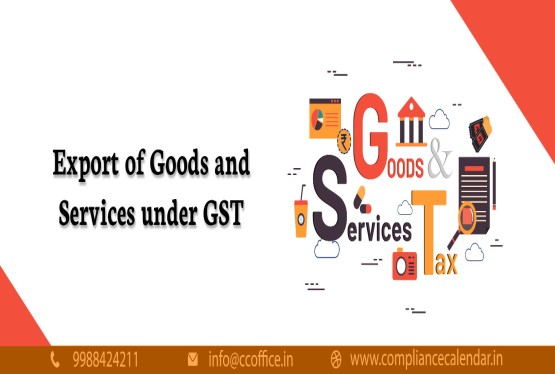












































_for_FY_2025-26_crop10_thumb.jpg)



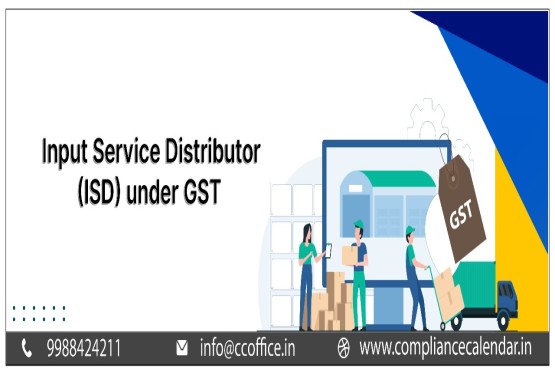








_learn_crop10_thumb.jpg)








_Filing_Due_Dates_for_FY_2024-25_learn_crop10_thumb.jpeg)
